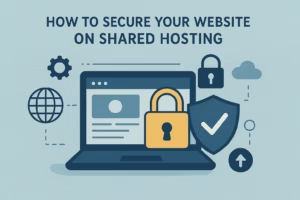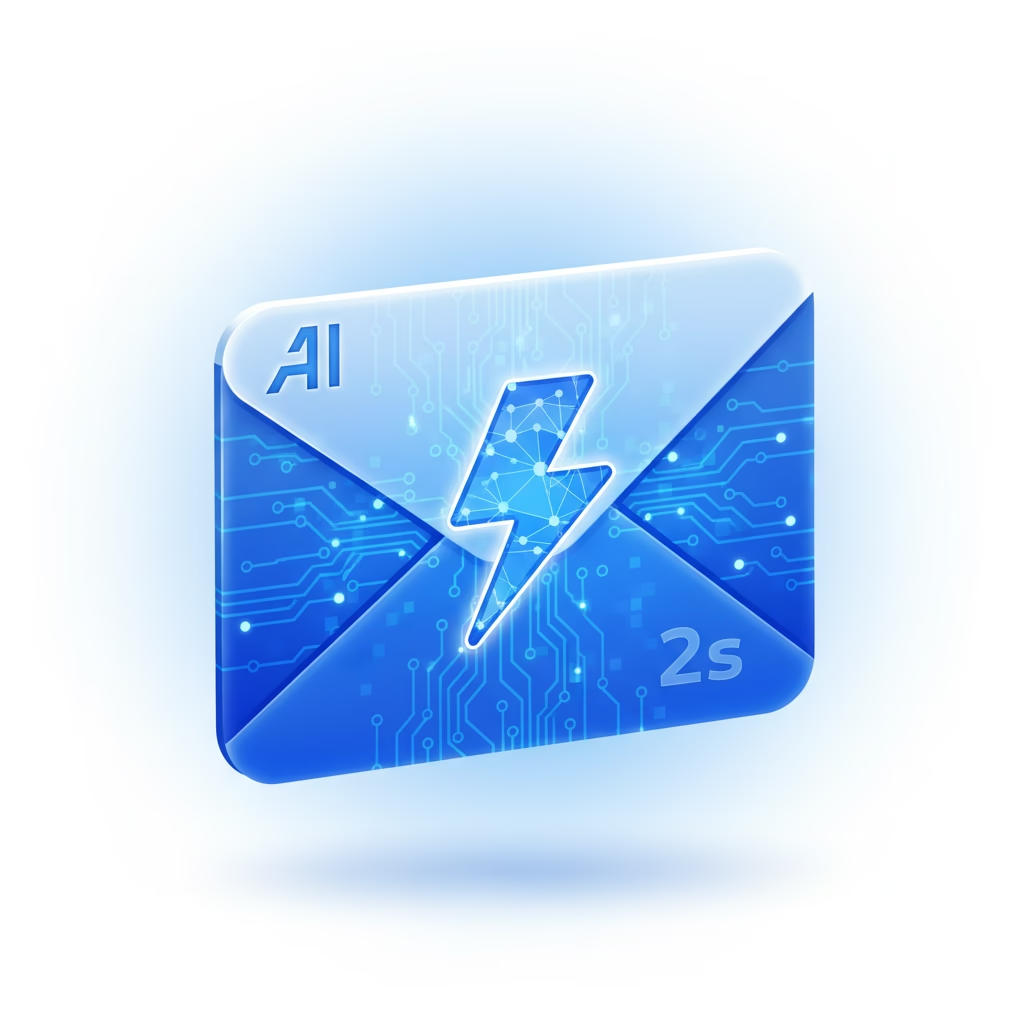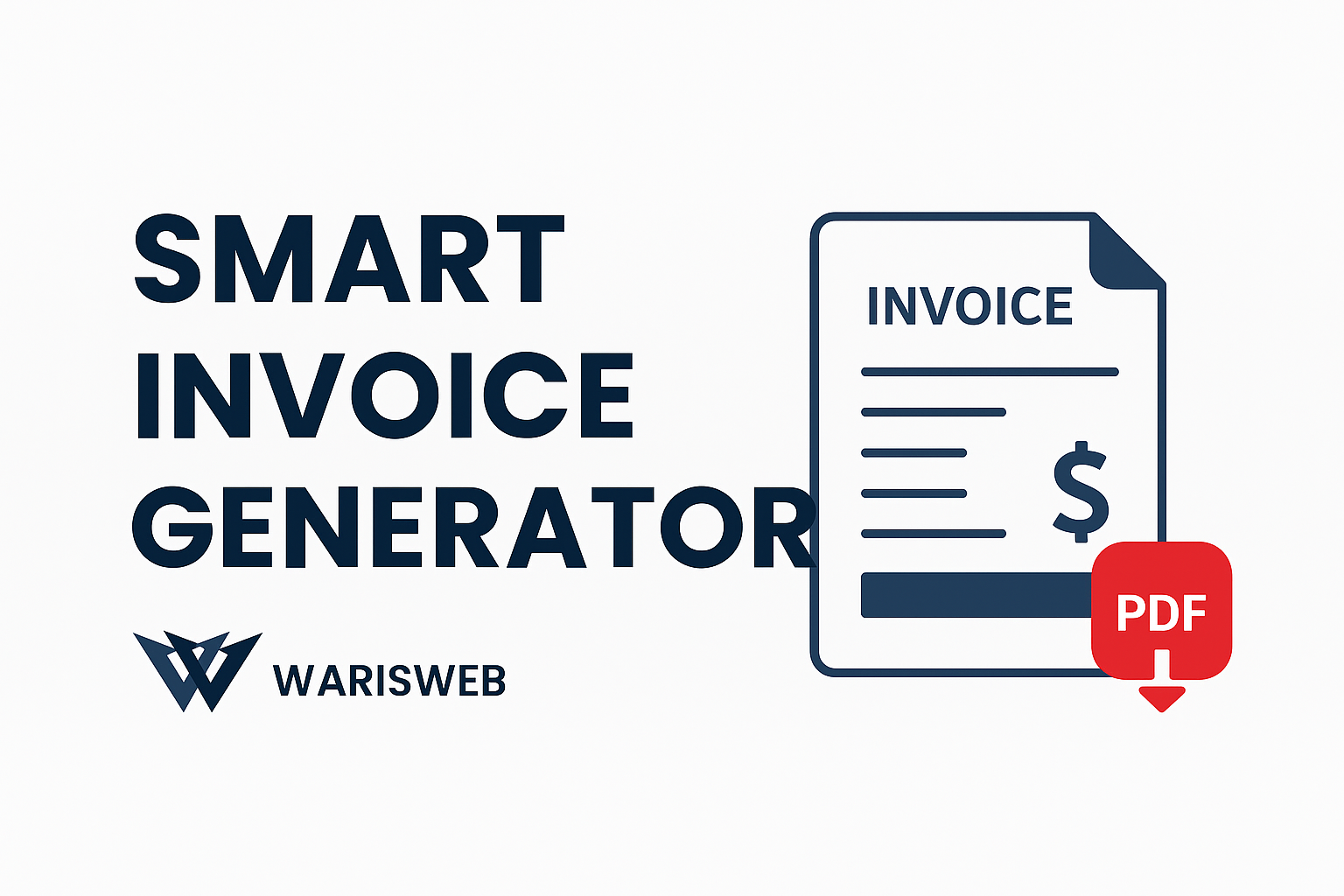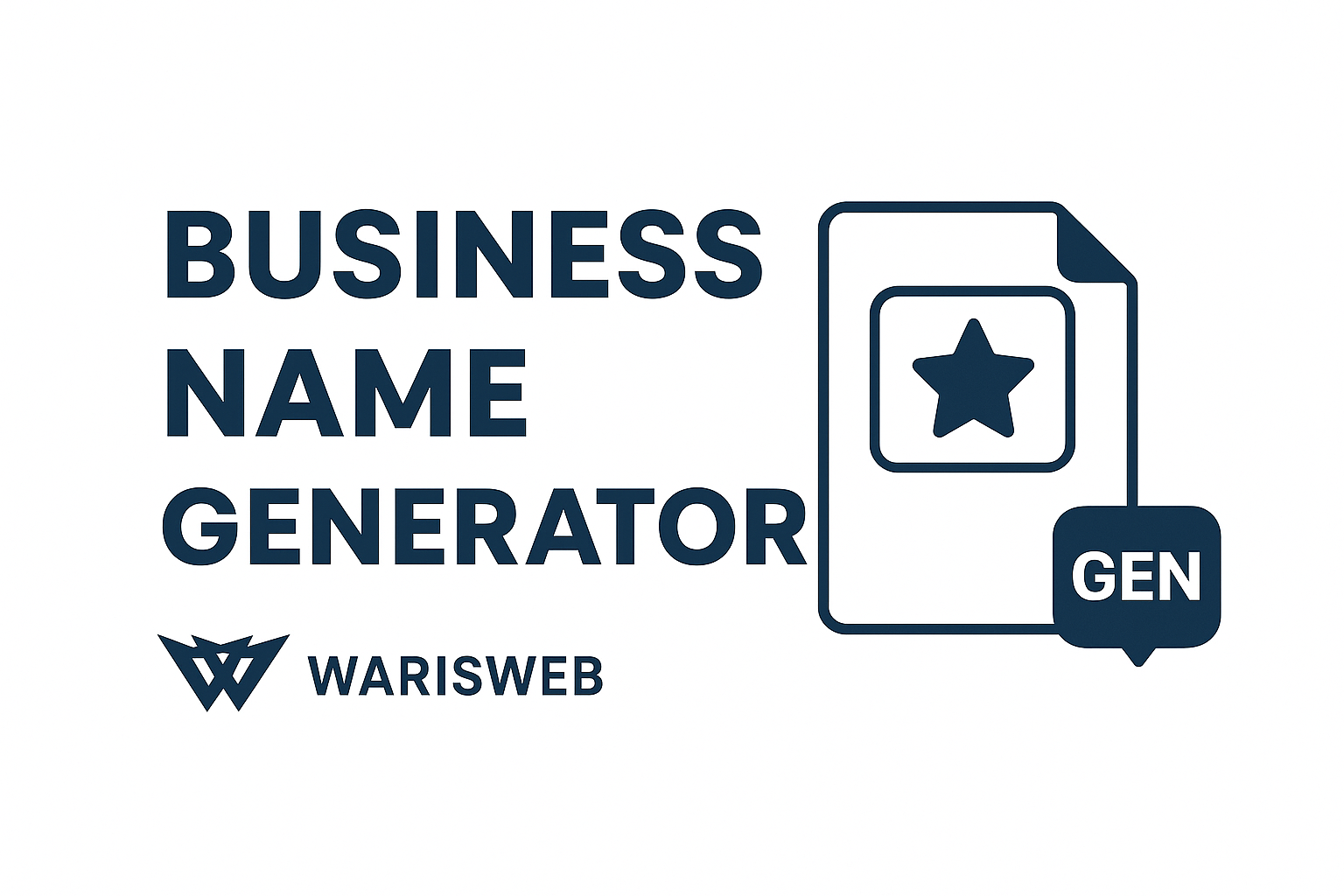How to Write Cold Emails That Get Responses: A No-BS Guide
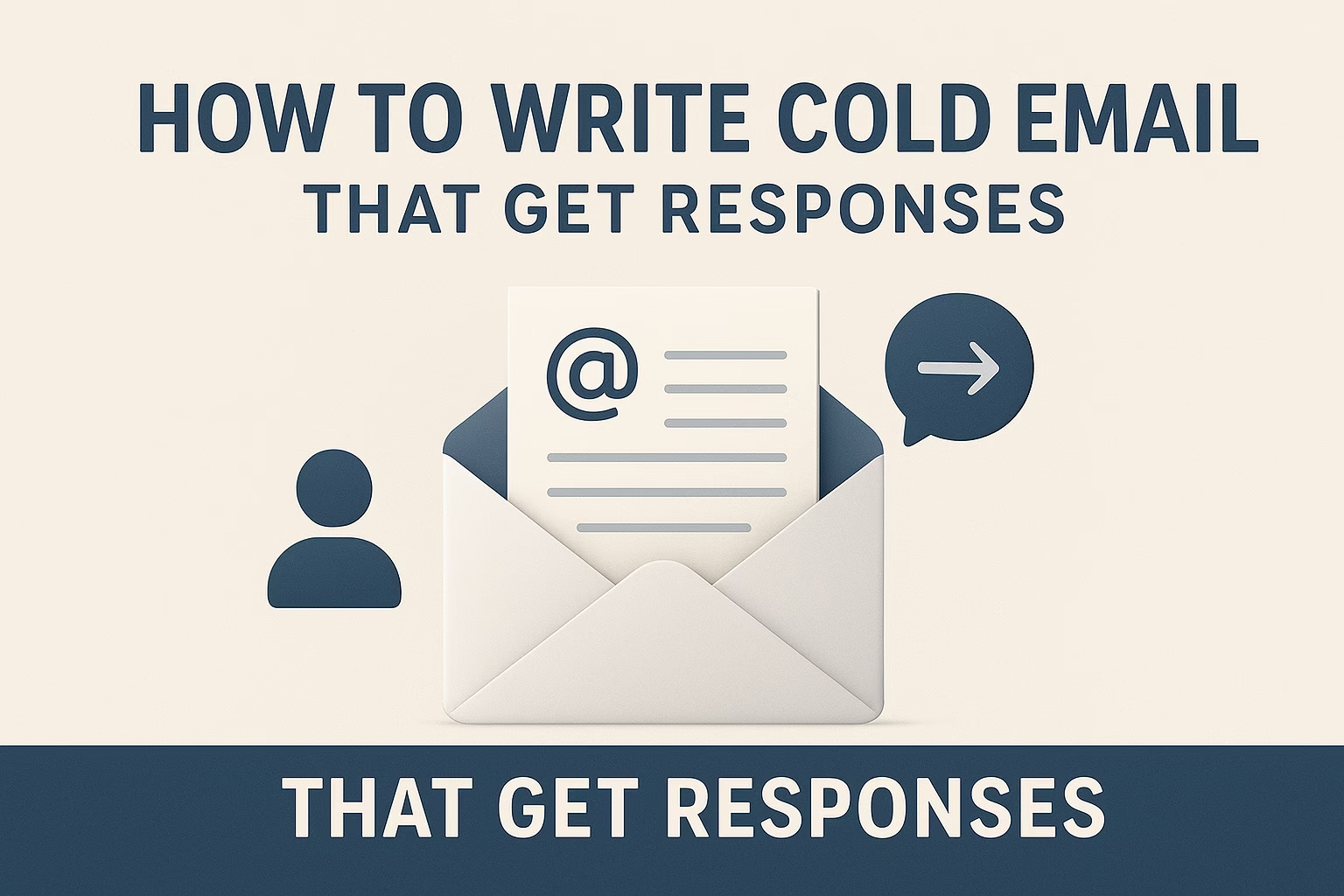
I’ll be straight with you: cold emailing is hard. Really hard.
Most cold emails get response rates between 1% and 5%. That means for every 100 emails you carefully craft and send, you’ll be lucky to hear back from five people. And honestly? That can feel pretty defeating when you’re putting real effort into each message.
But here’s the thing—some people consistently get response rates of 15%, 20%, even higher. The difference isn’t luck. It’s understanding what actually works and what doesn’t. After years of sending cold emails (and making every possible mistake along the way), I’ve learned that successful cold outreach is part science, part empathy, and part persistence.
This guide will show you exactly how to write cold emails that people actually want to respond to. No gimmicks, no manipulation—just honest, effective strategies that respect both your time and theirs.
The Uncomfortable Truth About Cold Emails
Before we dive into templates and tactics, let’s acknowledge the elephant in the room: nobody wakes up excited about receiving cold emails. Your message is interrupting someone’s day, asking for their attention and time. That’s just the reality.
Research shows that 48% of salespeople don’t follow up even once, and 44% give up after just one follow-up. So while the odds might seem daunting, most of your competition isn’t even trying hard enough.
The key is making your interruption worth it. That starts with understanding why most cold emails fail.
Why Most Cold Emails Get Ignored (And What to Do Instead)
They’re obviously templates sent to hundreds of people. When your email starts with “Dear [First Name]” or mentions something so generic it could apply to anyone, you’ve lost. People can smell mass emails from a mile away.
They’re all about you. Nobody cares that your company has been in business for 15 years or won some award. They care about their problems, their goals, their day.
They ask for too much too soon. Requesting a 30-minute call in your first email is like proposing marriage on a first date. Start smaller.
The subject line is boring or spammy. Subject lines should be under 60 characters, and definitely shouldn’t include words like “URGENT” or “FREE” that scream spam.
There’s no clear value proposition. If someone can’t immediately understand why they should care, they won’t.
The Anatomy of a Cold Email That Works
Let’s break down the essential components:
1. The Subject Line: Your Make-or-Break Moment
Personalized subject lines are 26% more likely to be opened compared to generic ones. But personalization doesn’t mean just slapping someone’s name in there.
Good subject lines:
- “Quick question about [specific thing they care about]”
- “Loved your article on [specific topic]”
- “Idea for improving [their specific goal]”
- “[Mutual connection] suggested I reach out”
Bad subject lines:
- “Amazing opportunity!!!”
- “Free consultation for [Company Name]”
- “You need to see this”
- “Following up on my last email” (for a first email—yes, people do this)
The best subject lines are short, specific, and create genuine curiosity without being manipulative. Your reader should be able to get the gist of who you are and why they may be interested with just a quick skim.
2. The Opening Line: Prove You Did Your Homework
This is where most people lose the game. Your first sentence needs to prove this isn’t a mass email.
Bad openings:
- “I hope this email finds you well.” (Generic and outdated)
- “I’m reaching out because…” (Boring and self-focused)
- “My name is X and I work at Y…” (Nobody asked)
Good openings:
- “I saw your LinkedIn post about struggling with customer retention—we’ve helped similar SaaS companies reduce churn by 30%.”
- “Your podcast episode on remote team management last week really resonated with me, especially the point about async communication.”
- “Noticed you recently expanded into the European market—congrats on the growth!”
The goal is to make them think, “Okay, this person actually knows who I am and has something relevant to say.”
3. The Value Proposition: What’s In It For Them?
This is the heart of your email. You need to clearly articulate why they should care, and you need to do it fast.
Here’s a formula that works:
[Specific observation about them] + [How you can help with that specific thing] + [Proof it works]
For example:
“I noticed your team is hiring three new sales reps on LinkedIn. We’ve helped companies like [Similar Company] reduce onboarding time by 40% with our sales training program. Their new hires hit quota 2 months faster than before.”
Notice what this does:
- Shows you did research (they’re hiring)
- Presents a specific, relevant solution
- Provides social proof and concrete results
- Keeps it brief
4. The Call-to-Action: Start Small
Don’t ask for a 30-minute call right away. That’s a huge commitment for someone who doesn’t know you.
Better approaches:
- “Would a 10-minute call next week work to explore this?”
- “Can I send you a 2-minute video showing exactly how this works?”
- “I put together a quick 1-page breakdown—mind if I send it over?”
- “Would it make sense to chat briefly?”
The key is making your ask feel small and specific. Lower the barrier to entry.
5. The Sign-Off: Keep It Human
Skip the formal corporate nonsense. Keep it warm and professional:
- “Looking forward to hearing your thoughts.”
- “Thanks for considering this.”
- “Appreciate your time.”
And please, please proofread. Nothing kills credibility faster than a typo in a cold email.
Real Cold Email Templates That Work
Template 1: The Mutual Connection Approach
Subject: [Connection Name] thought we should connect
Hi [Name],
[Mutual connection] mentioned you're currently [specific challenge/project]. Given your work on [specific thing they've done], I thought this might be relevant.
We recently helped [similar company] achieve [specific result]. I'd love to share how we did it—it might give you some useful ideas even if we don't end up working together.
Would you be open to a quick 10-minute call next week?
Best,
[Your name]
P.S. [Connection name] speaks highly of your work on [specific project]. Would love to hear more about it.Template 2: The Value-First Approach
Subject: Quick idea for [their specific goal]
Hi [Name],
I've been following [their company] for a while, and I noticed [specific observation about their business/content/strategy].
I think there might be an opportunity to [specific improvement/benefit]. We did something similar with [comparable company] and they saw [specific result] in [timeframe].
Would you be interested in a brief overview? I can send you a 2-minute loom video explaining the approach, or we could jump on a quick call—whatever works better for you.
No pressure either way.
[Your name]Template 3: The “I Can Help With That” Approach
Subject: Saw your post about [specific pain point]
Hi [Name],
Your LinkedIn post about [specific challenge] really resonated. We actually solved this exact problem for [similar company] last quarter.
The short version: [2-3 sentence explanation of your solution and its impact]
I'd be happy to share the full breakdown if you're interested. Are you free for a quick chat next Tuesday or Wednesday?
Thanks,
[Your name]Template 4: The Content Appreciation Approach
Subject: Loved your take on [topic]
Hi [Name],
Your [article/podcast/post] on [topic] was spot-on, especially your point about [specific detail]. I shared it with my team.
I work with companies like yours on [relevant problem/opportunity], and your perspective on [topic] makes me think we'd have an interesting conversation about [related idea].
Would you be open to connecting for 15 minutes? I promise to make it worth your time—even if it's just to geek out about [shared interest].
Best,
[Your name]The Follow-Up Strategy (Because Most Responses Come From Follow-Ups)
80% of sales require five follow-up calls after the initial meeting, yet most people give up after one attempt. Following up is where persistence pays off.
The timing that works:
Wait 3-5 days before your first follow-up for cold outreach. If someone’s going to respond, there’s a 90% chance they’ll do it in the first 2 days, so giving them at least 2-3 days before following up respects their process.
Here’s a follow-up sequence that doesn’t feel pushy:
Follow-up 1 (3 days later):
Subject: Re: [Original subject]
Hi [Name],
Wanted to bump this up in your inbox in case it got buried. I know inboxes can be chaotic.
To recap: [One-sentence summary of your offer]
Still interested in chatting briefly about this?
[Your name]Follow-up 2 (5 days after first follow-up):
Subject: One last thing...
Hi [Name],
I'll keep this short—I know you're busy.
I wanted to share [new piece of value: case study, article, insight] that's relevant to [their situation]. No strings attached.
[Link or attachment]
If you'd like to discuss how we could help with [their goal], let me know. If not, no worries—I'll stop bothering you!
[Your name]Follow-up 3 (1 week later—the breakup email):
Subject: Should I close your file?
Hi [Name],
I haven't heard back, so I'm assuming this isn't a priority right now—which is totally fine.
I'll close my file on this, but if something changes down the road, feel free to reach out.
Thanks for your time, and best of luck with [their goal/project].
[Your name]Interestingly, breakup emails often get responses because they’re honest and give people an easy out (or an easy way back in).
Advanced Tactics That Actually Work
Personalization Beyond First Names
Use custom variables like pain points, competitors, common ground, or objectives rather than just inserting someone’s name. For example:
- Reference a specific blog post they wrote (and mention what you learned from it)
- Mention a recent company achievement (funding round, new product launch, expansion)
- Note a shared connection or experience
- Comment on a recent social media post (genuinely, not creepily)
The Pattern Interrupt
Everyone expects cold emails to look a certain way. Break the pattern:
- Send a plain text email instead of a formatted one
- Ask a thoughtful question instead of making a pitch
- Share something valuable with zero ask
- Be refreshingly honest about what you’re doing (“This is a cold email, but hear me out…”)
Timing Matters (More Than You Think)
The best time to send cold emails is between 5 AM and 8 AM on Monday. People are starting their week, clearing their inbox, and more likely to engage.
Other high-performance times include 6:00 am, 10:00 am, 2:00 pm, and between 8:00 pm and midnight. Tuesdays and Thursdays also perform well.
But here’s the real secret: test for your specific audience. B2B tech buyers might respond better at different times than e-commerce founders.
The Multi-Channel Approach
Don’t just email. Connect on LinkedIn, engage with their content, comment thoughtfully on their posts. When your email arrives, you’re not a complete stranger anymore.
Common Cold Email Mistakes (That I’ve Made So You Don’t Have To)
Mistake 1: Writing novels Keep it to 100-150 words max. If you can’t explain your value in that space, you need to refine your message.
Mistake 2: Talking about features instead of benefits They don’t care that your software has AI-powered analytics. They care that they’ll save 5 hours per week and make better decisions.
Mistake 3: Being vague about next steps “Let me know if you’re interested” is weak. “Do you have 10 minutes this Thursday at 2pm?” is specific and actionable.
Mistake 4: Not having a clear goal What do you actually want them to do? Book a call? Reply with information? Download something? Make it crystal clear.
Mistake 5: Sending from a no-reply email address This screams “I don’t actually want to hear from you.” Use a real email address that people can reply to.
Mistake 6: Not testing different approaches Use A/B testing with different subject lines and email content to see what brings better response rates. What works for one audience might flop with another.
When AI Can Actually Help (And When It Can’t)
Let me be real with you: AI tools can help with cold email writing, but they can’t replace genuine human connection and research.
Where AI helps:
- Generating variations of your message to test
- Improving grammar and clarity
- Suggesting different angles or approaches
- Helping you write faster when you’re stuck
Where AI fails:
- Understanding nuanced context about your recipient
- Creating genuine personalization
- Building real relationships
- Knowing the specific dynamics of your industry
If you’re struggling to find the right words or tone, tools like the Email Writing Assistant or Chatgpt can help you refine your message. Think of it as having a writing partner who helps you communicate more clearly—but you’re still the one bringing the research, empathy, and genuine value.
The key is using AI as an editor and brainstorming partner, not as a replacement for doing your homework about the person you’re contacting.
The Mindset Shift That Changes Everything
Here’s what finally clicked for me after years of frustrating cold email campaigns:
Stop thinking about what you can get. Start thinking about what you can give.
The best cold emails don’t feel like pitches. They feel like the start of a helpful conversation. When you approach cold outreach with genuine curiosity and a desire to help solve real problems, it shows in every sentence.
Ask yourself:
- Would I want to receive this email?
- Am I offering real value, or just trying to book a meeting?
- Do I actually know enough about this person to be reaching out?
- Would this email make their day better or worse?
If you can’t answer those questions positively, don’t hit send. Do more research. Find a better angle. Or maybe accept that this person isn’t the right fit for your outreach.
Tracking What Works (So You Get Better Over Time)
You can’t improve what you don’t measure. Track these metrics:
- Open rate: Are your subject lines working?
- Response rate: Is your message resonating?
- Positive response rate: Are people actually interested?
- Meeting booked rate: Are you converting interest into action?
While average cold email response rates range from 1% to 8.5%, top campaigns achieve 40-50% by being highly targeted. The difference is almost always in research and personalization.
If your response rates are below 5%, something’s off. Test new subject lines, try different opening hooks, refine your value proposition. Small tweaks can make massive differences.
The Bottom Line
Cold emailing isn’t dead—lazy cold emailing is dead. Generic, self-centered, copy-pasted messages never worked well, and they certainly don’t work now.
What does work:
- Genuine research and personalization
- Clear, specific value propositions
- Respectful, low-pressure asks
- Persistent but polite follow-ups
- Human-to-human communication
Most cold emails get response rates between 1% and 5%, but that doesn’t mean yours have to. With thoughtful targeting, genuine personalization, and a value-first approach, you can consistently hit double-digit response rates.
It takes more time per email, yes. But would you rather send 100 generic emails and get 2 responses, or send 20 highly personalized emails and get 3-4 responses? The math makes the strategy pretty clear.
Start small. Pick 10 people who are genuinely good fits for what you offer. Research them thoroughly. Write personalized emails that show you understand their world. Follow up thoughtfully. Track what works.
And remember: every cold email is ultimately just one human trying to help another human solve a problem. When you keep that perspective, the words come easier and the results follow.
Now stop reading and start writing. You’ve got this.
Ready to craft your cold emails? Use the Email Writing Assistant to refine your message and ensure your tone hits the mark. Remember—tools help, but genuine research and empathy are what turn cold emails into warm conversations.
Share This Post:
Our Free Online Tools
Transform Your Thoughts into Polished Emails With ai
Previous Articles:
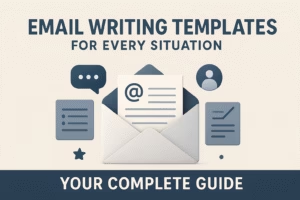
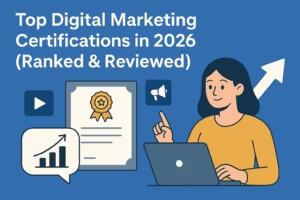
Top Digital Marketing Certifications in 2026 (Ranked & Reviewed)

